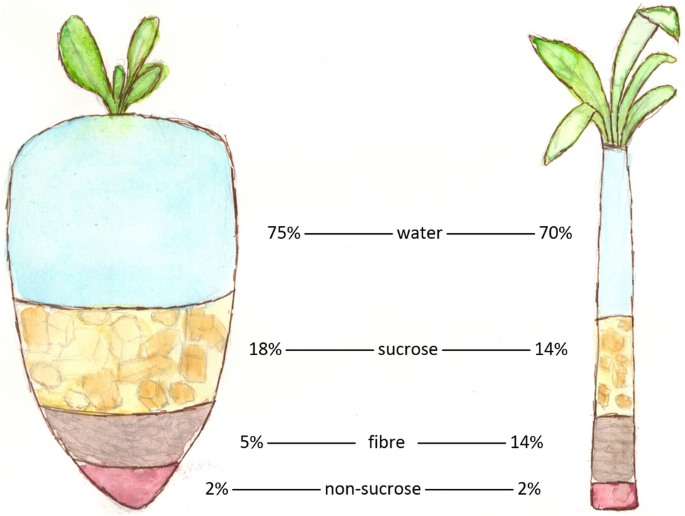In discussions of beet sugar vs cane sugar, the origin of the sugar plays a important role in its composition.
In discussions of beet sugar vs cane sugar, the origin of the sugar plays a important role in its composition.
Blog Article
Understanding the Nutritional Perks of Beet Sugar Vs Walking Stick Sugar for Wellness Conscious Customers
When examining the dietary implications of beet sugar versus walking cane sugar, health-conscious consumers locate that both ranges mainly contain sucrose and deal similar calorie worths, each contributing about 16 calories per teaspoon. Regardless of this resemblance, neither type confers substantial health and wellness benefits, as they are lacking important nutrients. Checking out the wider influences, consisting of ecological factors to consider and long-term health effects of sugar intake, might illuminate more nuanced differences between these 2 sugars.
Nutritional Profile and Caloric Worth of Beet Sugar and Walking Stick Sugar
Although both beet sugar and cane sugar are mainly composed of sucrose, their dietary profiles and caloric values are incredibly comparable. Each offers around 16 calories per teaspoon and is composed virtually completely of carbs, with minimal quantities of healthy protein or fat. These sugars also lack significant amounts of vitamins or minerals. The refinement procedure strips away many of the intrinsic nutrients, making both kinds nearly the same in terms of nourishment. There are trace differences in the impurities that continue to be after handling, which can slightly impact the taste and shade of the sugars, yet these are negligible in regards to wellness influence. For customers concentrating on dietary influence, the selection in between beet and walking stick sugar is much more concerning individual preference or possible environmental worries instead than dietary distinctions. Both ought to be eaten in moderation within a well balanced diet due to their high caloric web content and lack of important nutrients (beet sugar vs cane sugar).
Ecological Impact and Sustainability of Sugar Production
While the dietary differences in between beetroot sugar and cane sugar are very little, their production procedures offer even more substantial differences, particularly in terms of environmental impact and sustainability. Cane sugar manufacturing often includes considerable land usage and logging, which contributes to environment destruction and biodiversity loss. This farming is also connected with high water consumption and water contamination due to the overflow of pesticides and fertilizers. In comparison, beet sugar production normally needs much less land imp source and can be grown in even more temperate climates, which might reduce the demand for irrigation and the affiliated water resource deficiency.
Nonetheless, beet growing is not without its ecological challenges; it involves substantial energy inputs, especially in the northern climates where it is grown, due to the need for longer home heating periods in sugar handling. Both sugar beet and sugar cane industries are exploring much more lasting techniques, including crop rotation, natural farming, and boosted waste management methods to alleviate these influences.
Wellness Impacts and Recommendations for Sugar Usage
Regardless of their marginal dietary distinctions, both beetroot sugar and cane sugar can have harmful health and wellness results when eaten in unwanted. High intake of either kind of sugar adds to a series of health and wellness concerns, consisting of weight problems, kind 2 diabetes, and cardiovascular disease. Both sugars are pure sucrose and deal no necessary nutrients apart from calories, leading more tips here to rapid spikes in blood sugar degrees upon usage.


Final Thought

Report this page